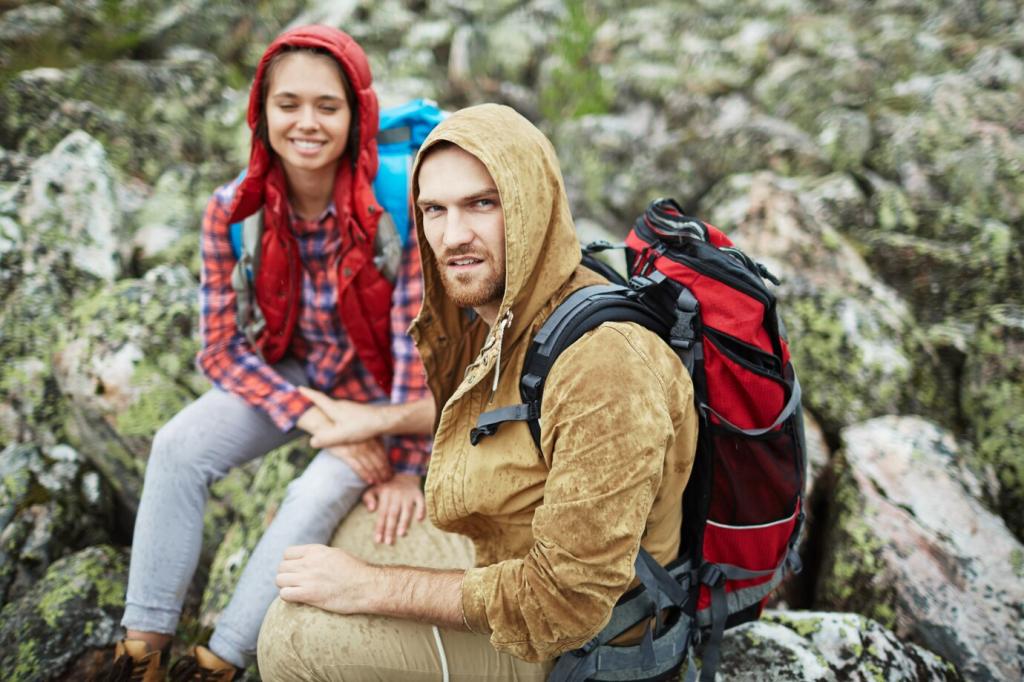Begin Your Journey: Introductory Eco-Trails for Hikers
Ready to step into nature with confidence and care? This home base is dedicated to Introductory Eco-Trails for Hikers, guiding your first low-impact adventures with friendly tips, real stories, and a gentle push toward sustainable discovery.
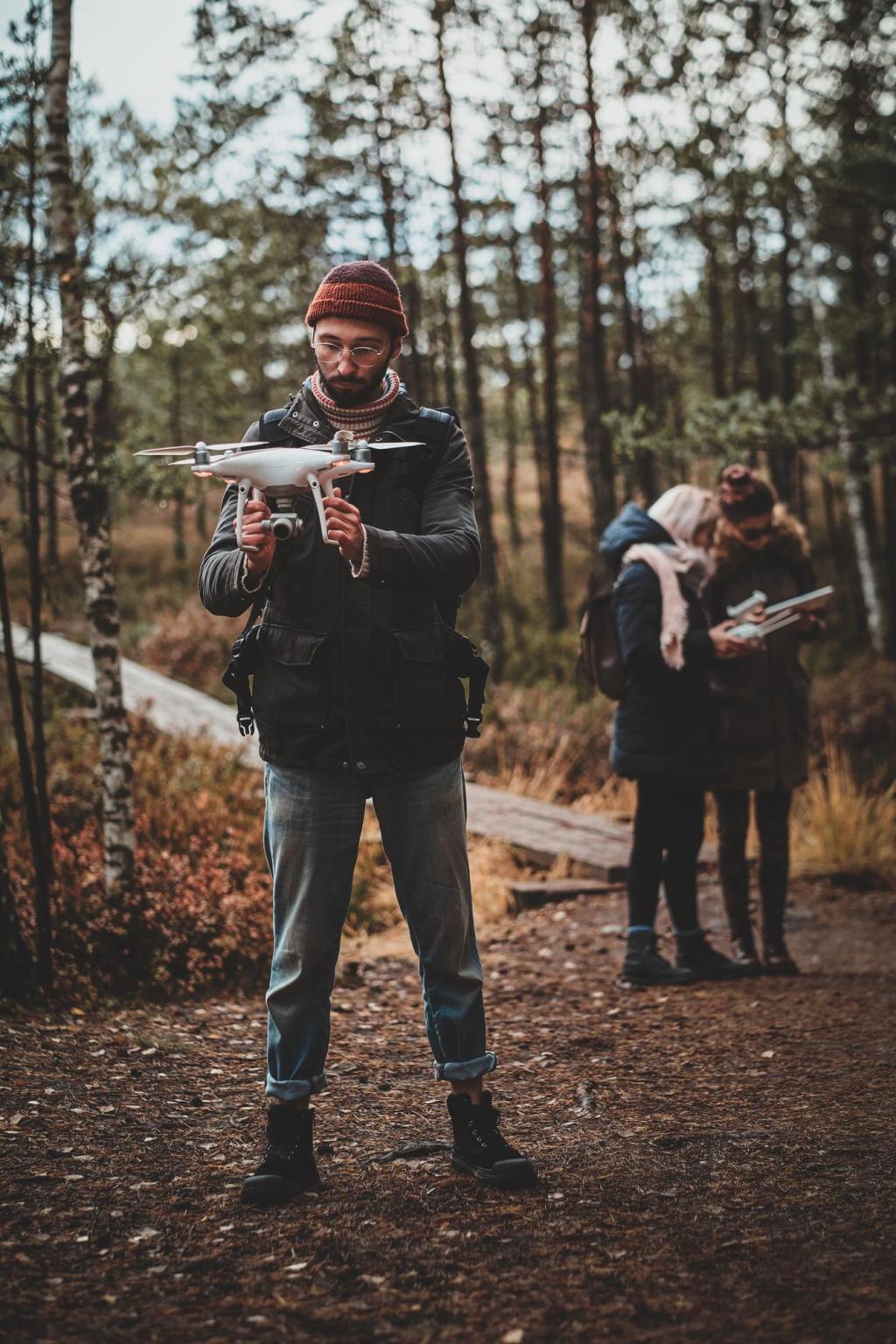
What Makes an Introductory Eco-Trail Beginner-Friendly
Introductory eco-trails usually feature short distances, modest elevation, and stable surfaces. These elements help beginners enjoy steady movement, observe nature without rushing, and learn pacing habits that support curiosity, comfort, and care for the environment.
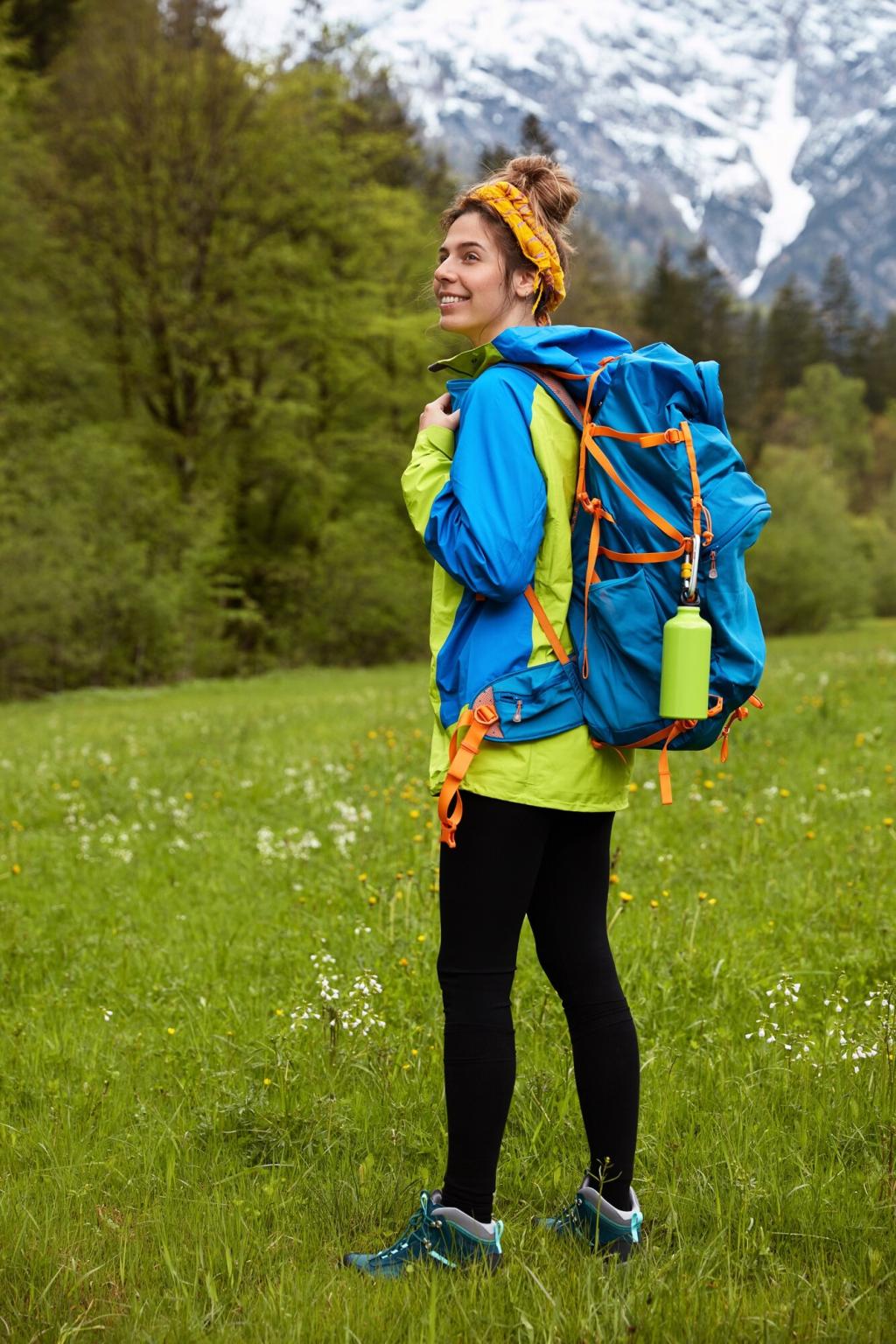
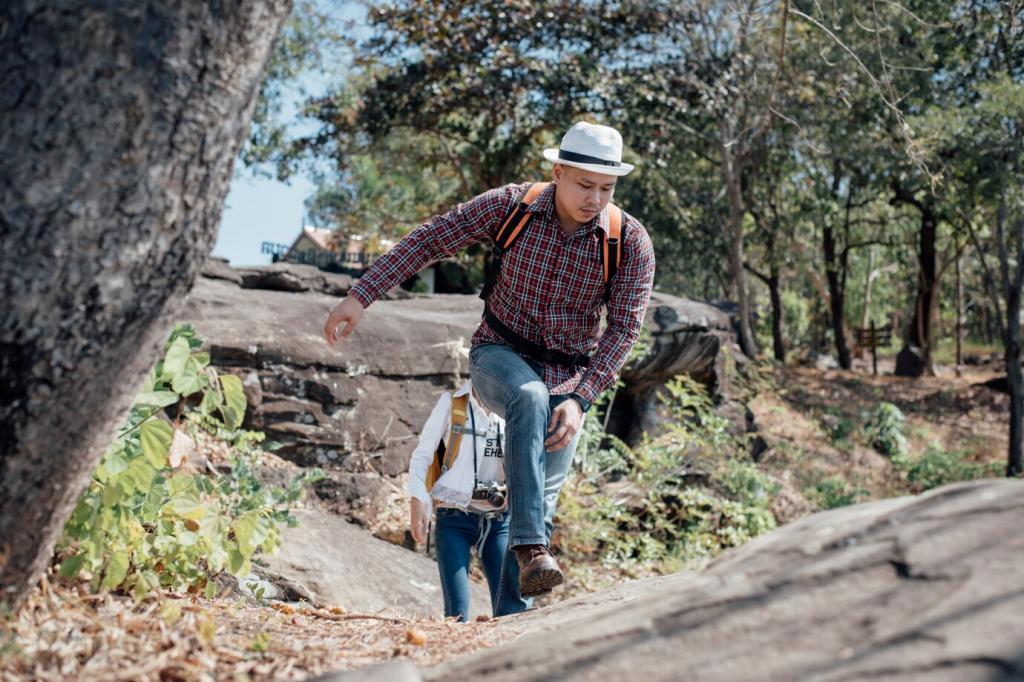

Choosing Your First Route: Introductory Eco-Trails Near You
Aim for short loops under a few miles, minimal elevation, and good footing. Look for shaded segments, benches, and clear signage. Introductory eco-trails often advertise accessibility, making them ideal for new hikers and mindful nature-curious families.
Choosing Your First Route: Introductory Eco-Trails Near You
Check park websites, local conservation groups, and beginner-focused hiking forums. Visitor centers and rangers love recommending starter routes. Ask neighbors which accessible greenbelts or interpretive loops they adore, then share your experience back to help the next first-timer.
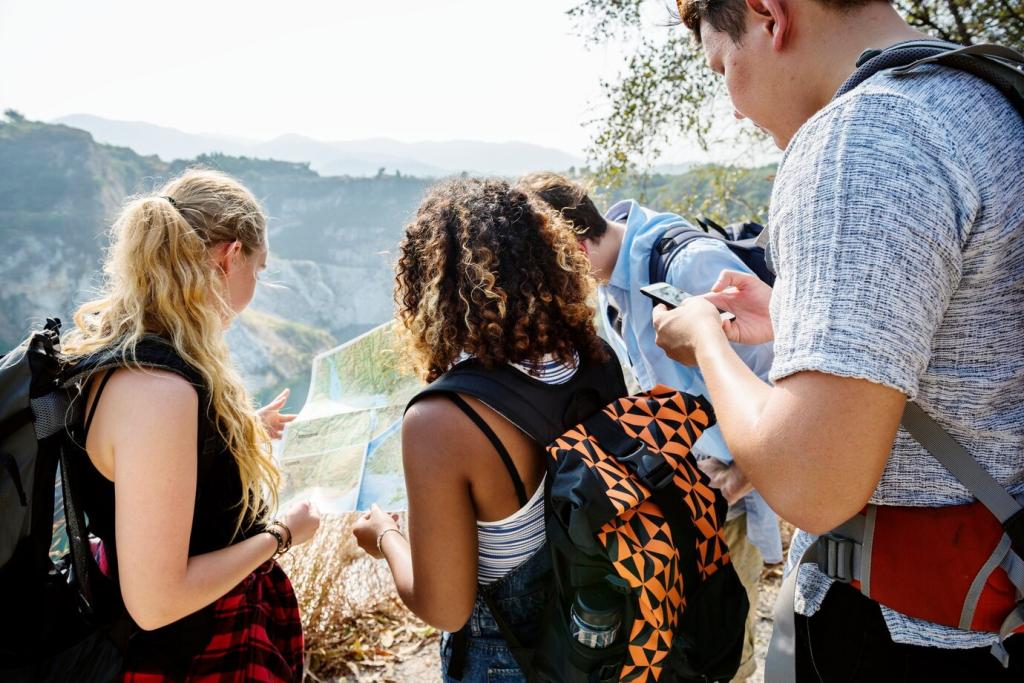
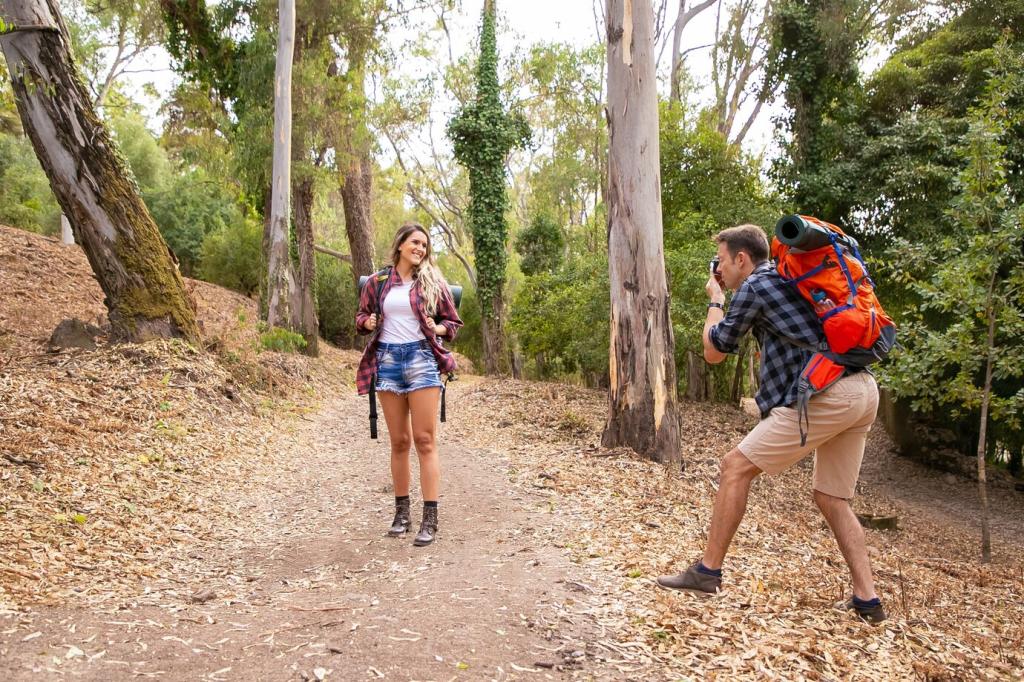
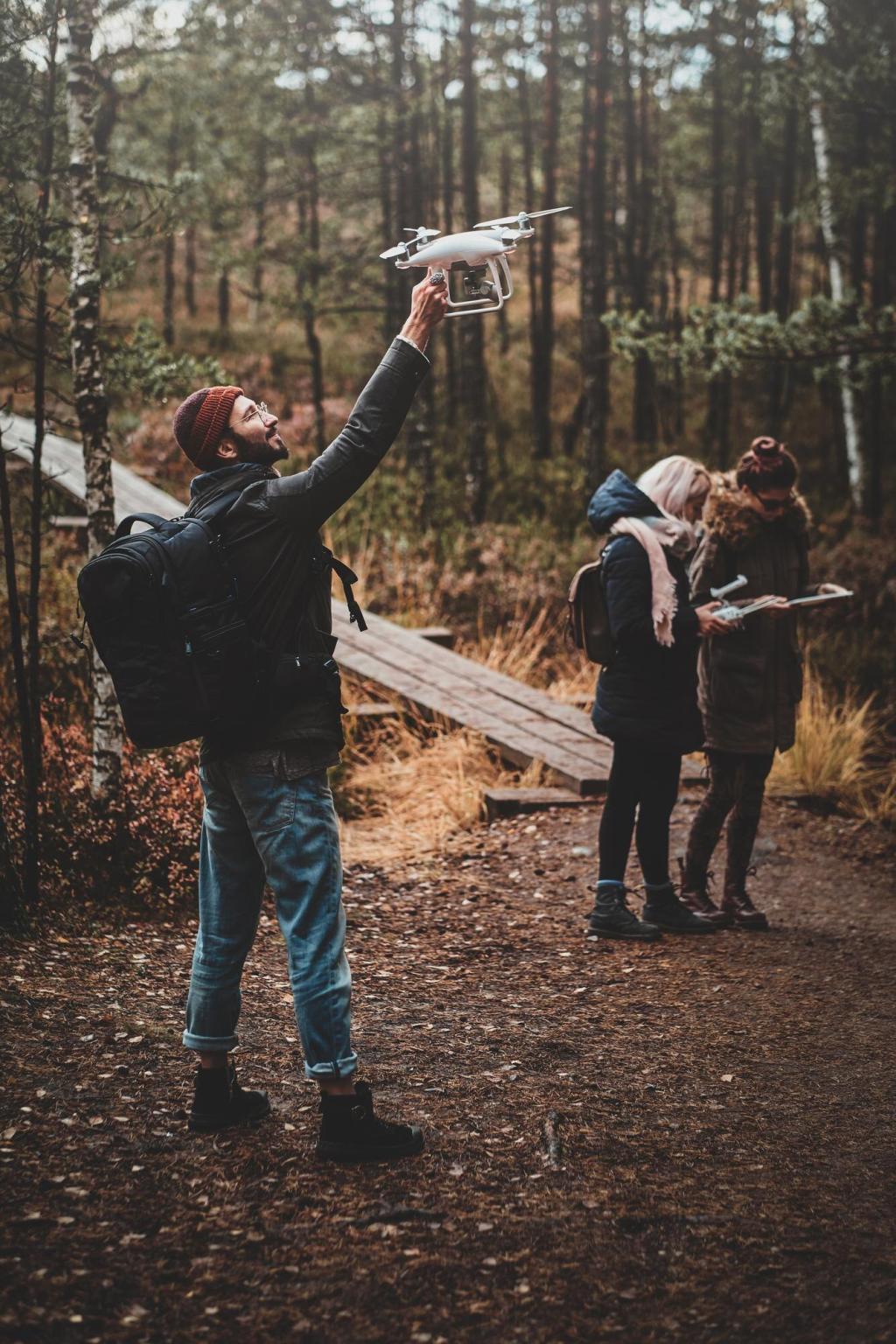
Early growth and muddy conditions make staying on trail crucial. Avoid widening paths, step on rocks when possible, and give nesting birds extra space. Introductory eco-trails often post spring advisories, helping beginners choose the best times and surfaces.
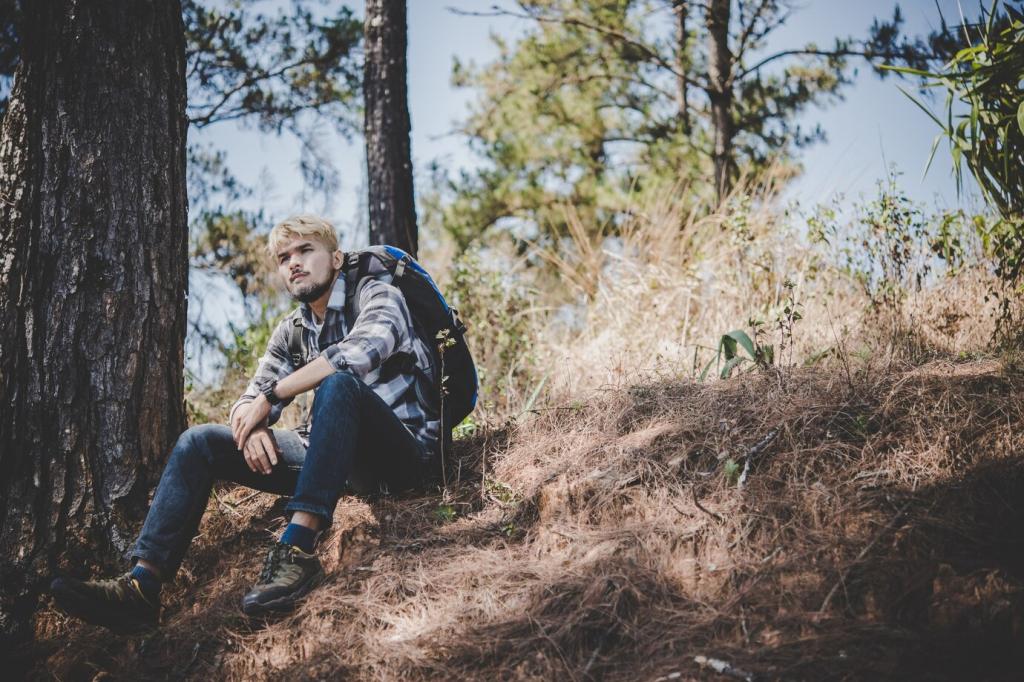
Start early for cooler temperatures, rest in shade, and drink regularly. Consider breathable layers and a brimmed hat. Many beginner eco-trails provide water stations or shade shelters, but personal preparedness keeps your focus on listening to the landscape, not heat.
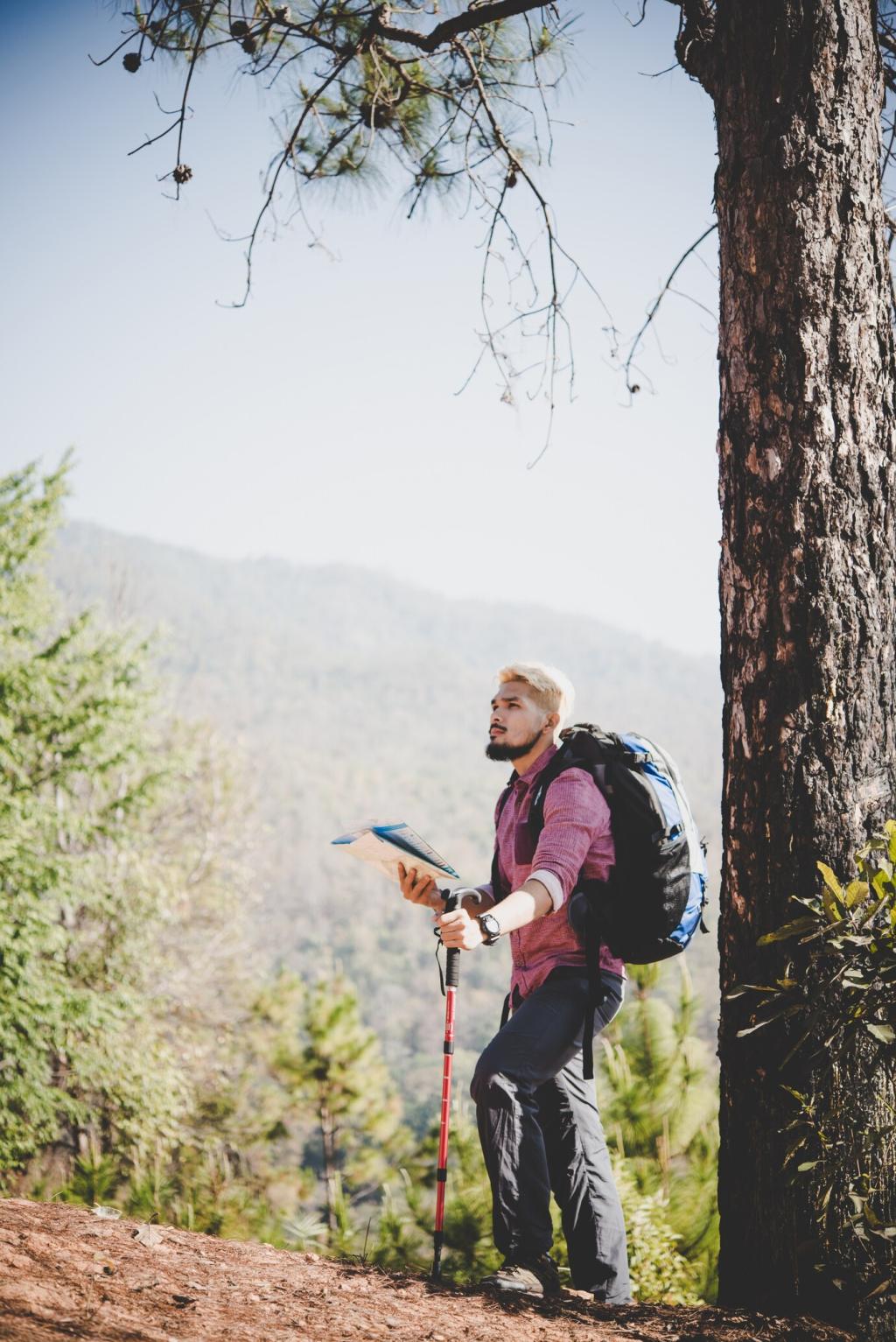
Fallen leaves can hide roots, and winter paths may be slick. Choose grippy footwear, bring warm layers, and shorten distances if conditions surprise you. Introductory eco-trails often maintain surfaces well, but mindful step placement remains a beginner’s best friend.
Wildlife, Plants, and People: Etiquette on Introductory Eco-Trails
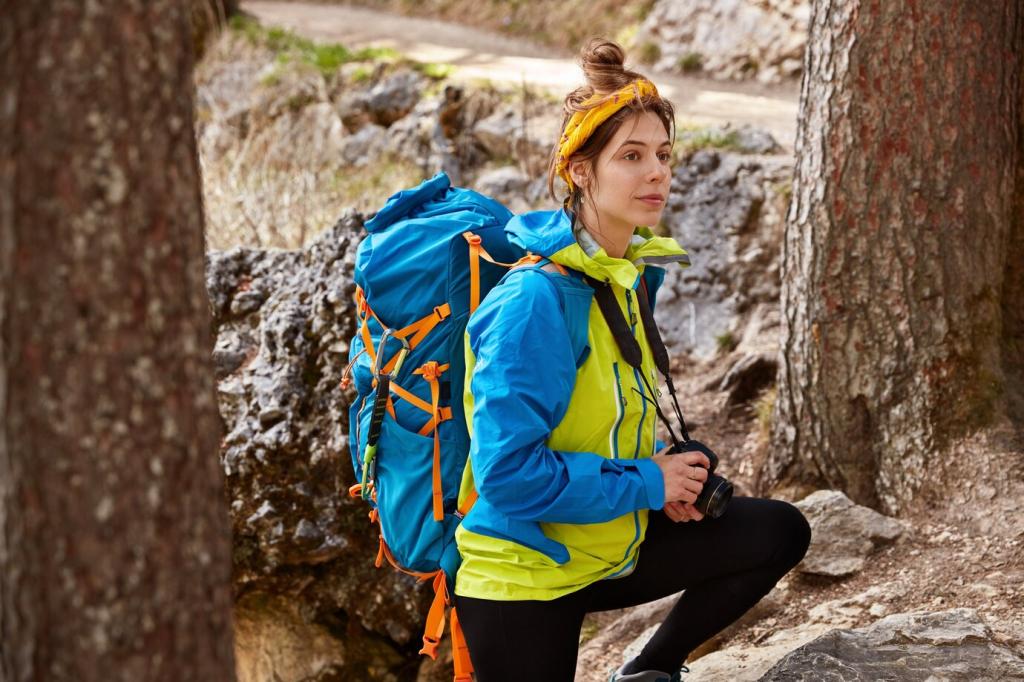
Watching wildlife without stress or disturbance
Use quiet observation, give generous space, and never feed animals. Binoculars extend your view while keeping creatures calm. On introductory eco-trails, patience often reveals surprising behaviors, rewarding your restraint with glimpses that hurried hikers might miss entirely.
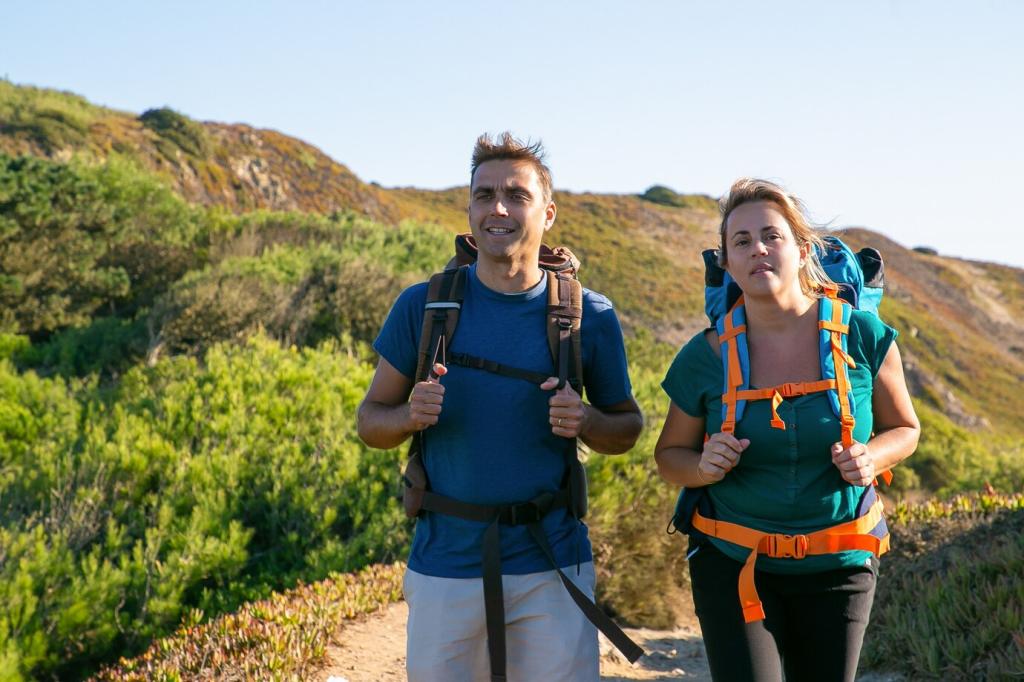
Staying on trail and resisting social shortcuts
Trail edges are nurseries for seedlings and insects. Cutting corners damages fragile life and worsens erosion. Follow designated routes, even if a side path looks inviting. Your choice preserves future beauty for newcomers discovering eco-trails for the very first time.

Sharing the path with smiles and signals
Yield courteously, announce passes, and step aside with care on narrow spots. If you stop, pull off gently without crushing vegetation. A friendly hello can turn a simple walk on Introductory Eco-Trails for Hikers into a warm, connected community moment.
A first loop that changed a morning
Maya woke anxious, chose a short eco-trail, and promised herself twenty easy minutes. A wren sang, dew cooled her hands, and a sign taught her about native grasses. She returned slower, lighter, and surprisingly eager to plan her next gentle route.
From curiosity to consistency in four weekends
Start with a half-mile loop, add a second visit to notice new details, invite a friend on the third, and volunteer or journal on the fourth. Introductory eco-trails reward repetition, revealing layers each time you arrive with quiet feet and attention.
Share, subscribe, and shape our trail map
Tell us your favorite first-timer eco-trail and what made it welcoming. Comment with tips, subscribe for weekly beginner-friendly routes, and invite a friend to join. Your story helps new hikers feel seen, supported, and ready to protect the places they visit.
